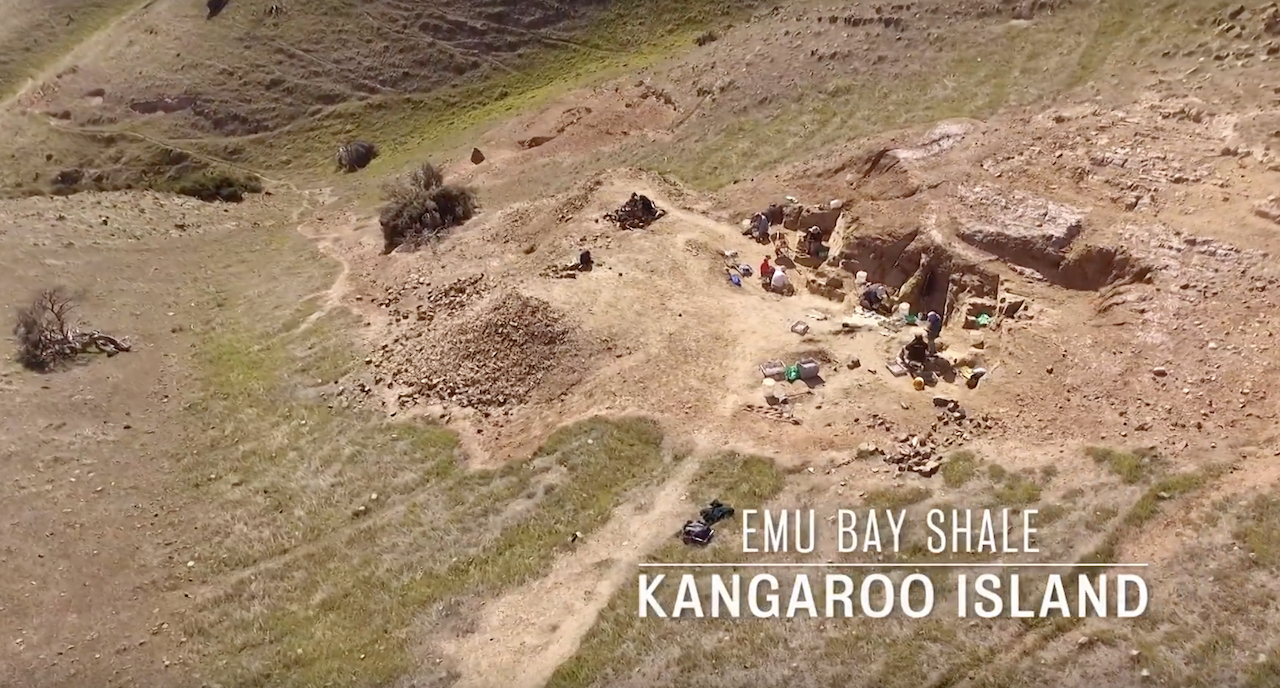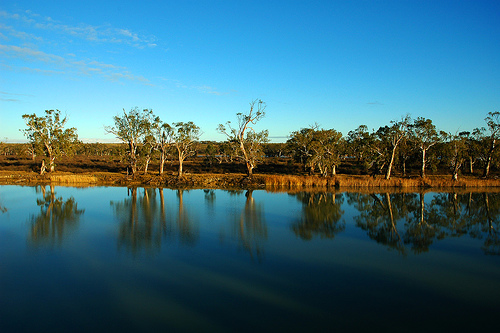Dr Nina Welti from CSIRO will be giving a Sprigg Geobiology Series seminar on “Ecological connectivity of the River Murray: How are riverine trophic pathways influenced by river management?”
Where: , Mawson Lecture Theatre, Mawson Building, University of Adelaide.
When: Friday 20th April, 3-4 pm
Dr Welti is investigating what the influence of raising infrastructure assets on the sources, quantity and quality of organic matter and can river operations be used to enhance the quality of riverine foodwebs?
Do river operations cause shifts in the foodweb dynamics due to any changes of organic matter supply and delivery?
Background: River ecosystems control the transport of organic matter from terrestrial sources, produce organic material within aquatic environments, degrade organic matter while transporting it downstream and carry the fingerprint of human activities. Dissolved organic matter (DOM) is a heterogeneous C pool which provides the basal food source and therefore sustains the basis of riverine food web. Large rivers such as the Murray, receive inputs from human, terrestrial and in situ sources, the resulting DOM pools are a heterogeneous mixture of these carbon.
In some sections of the river the DOM sources are subject to anthropogenic environmental heterogeneity (e.g., disconnection of side-arms, drying of wetlands, regulation). At the landscape scale, two fundamental principles of hydromorphology regulate the cycling and transfer of carbon and nitrogen in river ecosystems. The first principle – connectivity – is related to the delivery patterns of carbon inputs along river ecosystems. The second principle – flood pulse – is related to the role of water levels, especially floods, in controlling nitrogen cycling. The frequency, duration, timing and intensity of floods directly affect carbon cycling in alluvial soils by controlling the duration of oxic and anoxic phases.
Inundation of the floodplain will mobilise energy sources that will pass into floodplain anabranch and the river channel but the in-channel hydraulic conditions will determine the habitat availability for riverine biota and so will determine whether those additional resources are passed into the riverine foodweb. Furthermore, the hydraulic conditions will also directly influence the nutritional quality of food resources within lotic habitats through altering the community composition of primary producers. However, there is currently little understanding of how inundation and hydraulic conditions interact alter the transfer of energy from the floodplain to riverine foodwebs. This project will differentiate organic matter source pathways and understand consequences of dietary variation and the use of external subsidies in complex food webs.





